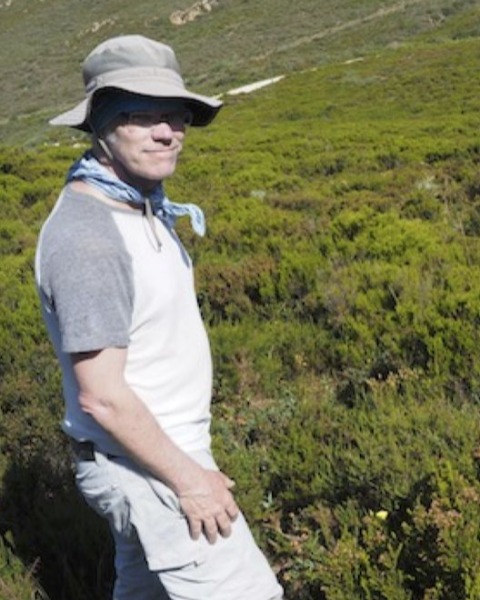Back
Organized Oral Session
Session: : Fire Exclusion and Mesophication Across Scales in Historically Fire-Dependent Forests
OOS 61-3 - Legume Responses to Fire in Open Oak Woodlands in North-Central Mississippi: Implications for Nitrogen Dynamics
Thursday, August 10, 2023
2:00 PM - 2:15 PM PDT
Location: 257
- MJ
Maddie Jewess
Graduate Student
University of Mississippi
Oxford, Mississippi, United States 
Steve Brewer
Professor
University of Mississippi
University, Mississippi, United States
Presenting Author(s)
Co-author(s)
Studies of mesophication of oak ecosystems have primarily focused on changes in species composition and fuel flammability. Reversing mesophication through the reintroduction of fire could also affect the nitrogen (N) cycle. Fire can increase losses of biologically available N through volatilization of organic N, but it can also increase the establishment of N-fixing legumes (Fabaceae). If legume seeds mostly survive fires and emerge post fire and fix nitrogen, then losses of N by fire could at least in part be replaced by increases in established legumes. The risk of loss of N in adult legumes to fire is likely lowest in the first year or two after fire, during which time reproduction could allow them to replenish the seed bank. Subsequently, reduced recruitment of legumes with increasing time since fire could reduce the abundance of adult legumes and thus reduce the loss of leaf tissue or litter N to fire. This presentation will focus on the response of legumes to restoration treatments (thinning plus repeated fire and thinning alone, each paired with a control) at Strawberry Plains Audubon Center in north-central Mississippi. We also describe an ongoing experiment examining the role of fire-mediated emergence of legumes from a seed bank.
Results revealed long-term increases in the abundance of legumes in the treatment plot that was thinned and burned approximately every 2 years from 2004 to 2016 (thinned and repeatedly-burned). Species richness of legumes was higher in treated plots in 2018 and 2020, especially in the thinned and repeatedly-burned plot. Numerous legume species (e.g., Desmodium spp., Lespedeza spp., Strophostyles umbellata) were strongly associated with the thinned and repeatedly-burned plot but not with the unburned plots. Richness and abundance of legumes as a whole did not significantly decline between 2018 and 2020 (a period with no fire). There was, however, a reduction in Strophostyles umbellata (wild bean) and the seed-banking annual, Chamaecrista fasiculata (partridge pea). Because C. fasiculata must recruit from seed every year, the lack of fire between 2018 and 2020 might have inhibited its emergence from seed during this period. Its absence during this time, however, could also reduce the loss of N from combustion of its leaves or leaf litter. We will directly quantify emergence from a seed bank and leaf nitrogen of all legumes in response to fires in spring 2023, which will further elucidate the role of legumes in nitrogen dynamics in fire-maintained oak woodlands.
Results revealed long-term increases in the abundance of legumes in the treatment plot that was thinned and burned approximately every 2 years from 2004 to 2016 (thinned and repeatedly-burned). Species richness of legumes was higher in treated plots in 2018 and 2020, especially in the thinned and repeatedly-burned plot. Numerous legume species (e.g., Desmodium spp., Lespedeza spp., Strophostyles umbellata) were strongly associated with the thinned and repeatedly-burned plot but not with the unburned plots. Richness and abundance of legumes as a whole did not significantly decline between 2018 and 2020 (a period with no fire). There was, however, a reduction in Strophostyles umbellata (wild bean) and the seed-banking annual, Chamaecrista fasiculata (partridge pea). Because C. fasiculata must recruit from seed every year, the lack of fire between 2018 and 2020 might have inhibited its emergence from seed during this period. Its absence during this time, however, could also reduce the loss of N from combustion of its leaves or leaf litter. We will directly quantify emergence from a seed bank and leaf nitrogen of all legumes in response to fires in spring 2023, which will further elucidate the role of legumes in nitrogen dynamics in fire-maintained oak woodlands.
